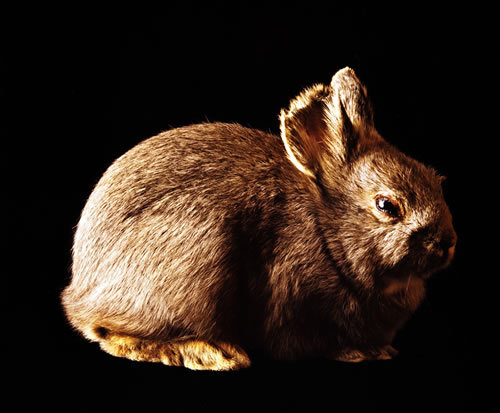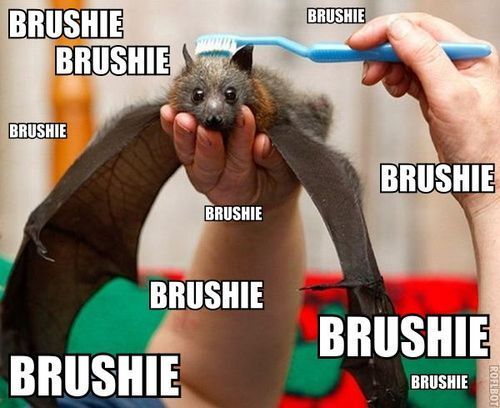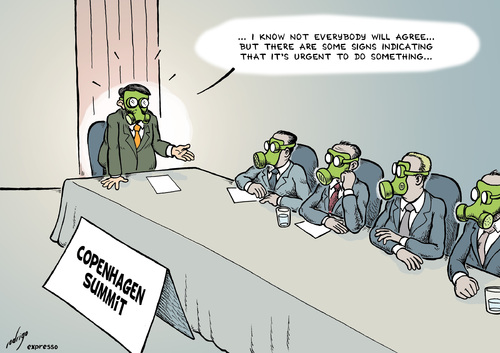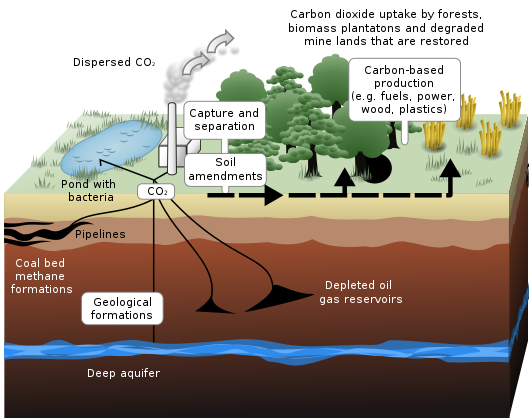There's been a long internal debate for many women when it comes to choosing their ideal menstrual absorbers. More commonly for our local ladies, pads vs tampons:

vs

For those who are huge fans of the packaged "thin and ultra-absorbent" awesome sanitary pads, one might think that it's a godsend for conservative, virginal women who refuse to have things stuck up their cootch. It's more comfortable, you don't have to feel like a big baby wearing diapers all the time for those who are heavy bleeders.
BUT HEY! These things are "ultra-absorbent" because "modern" manufacturers don't use natural absorbents like plant fibers or cotton anymore!
Remember the time when your ornamental plant-obsessed relative introduced you to this fantastic product called "Aqua Beads"? The kind of pretty jello stuff people use to grow their money plants in?
These beads come in a harmless-looking pack which, at first glance, just look like tiny little glass beads. BUT NO. This shit actually expands to 50 times its size when in contact with liquid.
By the way, these things just keep expanding with water and do not disintegrate. Throw these into the canal and it's gonna clog like
what happened.
Ladies and gentlemen, this is the exact same polymer component that's being used to absorb your bloody mess.
One might suggest that we do have separate bins for "proper" pad disposal but NO. The contents in the blue bin goes STRAIGHT to
landfill, incinerated or thrown out to the sea
.
Everyday holes have to be dug into the ground just to dispose tons of sanitary pads used by women all around the world, which are never going to decompose, disintegrate or be reused.
Despite technological advancement, more and more products such as baby napkins and sanitation products are using plastics and gels in order to "improve hygiene".
There are washable sanitary napkins and other alternatives such as
menstrual cups, but these remain hard to find locally (
only a couple of stockists) and are often pricier. Am currently evaluating the cost : life span ratio between menstrual cups and tampons since the cups are made of silicon rubber, though they can last longer (eventually will have to be disposed of and it sucks if you lose one $_$).
It's also very unsexy to be stuffing a cup up your cootch.
But if we can imagine what the world will be like 100 years down the road with pads piling up to our doorstep, we're gonna feel unsexy anyway!
So just
learn 2 use a goddamn tampon because it's mostly pure cotton (which is soft and nice and biodegradable). Just get those with no/cardboard applicators (not the plastic ones), learn 2 angle yourself nicely and stuff the cotton wad up your cootch. No excuse for being dry/painful since the blood lubricates (unless you do have a medical condition which makes it painful).
For the safety-conscious, you might want to check the materials on the box before buying. Some tampons/pads contain bleaching agents (Dioxin) which might cause harm over prolonged use.
Fuss-free, completely biodegradable, water-friendly, freedom of movement, and NO SMELL TROLOLOL! What's there to not love about the tampon!
Also don't be a lazy mofo and change your tampon every 4 hours max, if not you're gonna get
Toxic Shock Syndrome.
Cups: 2 (if you're not a lazy person)
Tampon: 1
Pad: 0



















